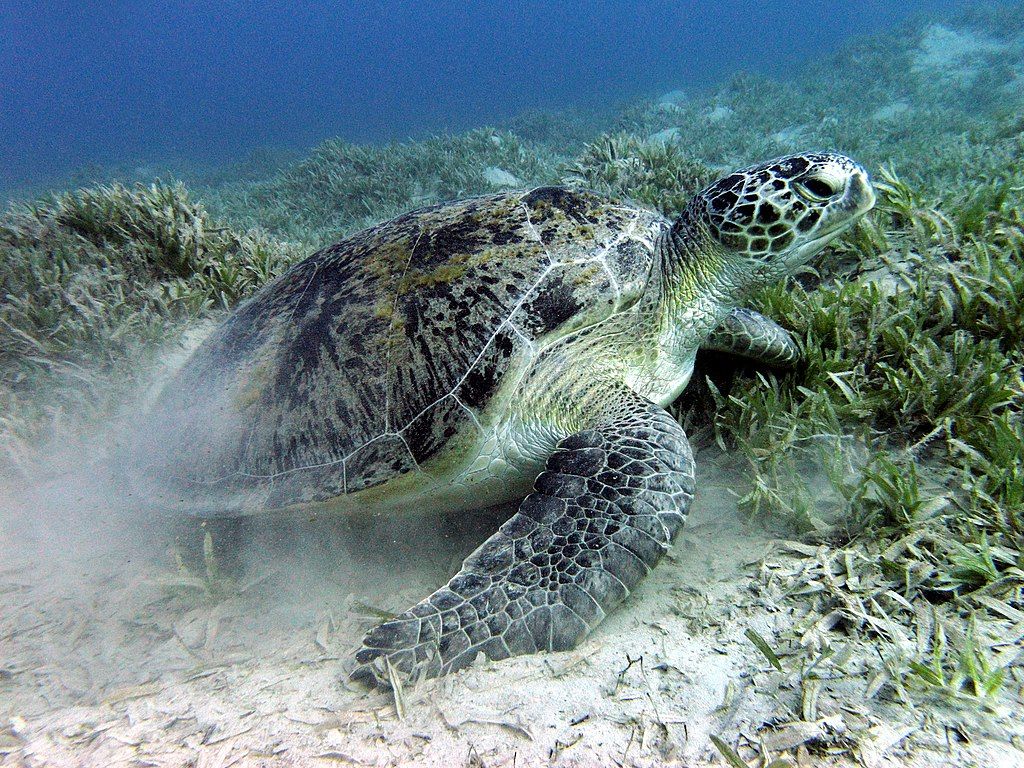
Green sea turtles (Chelonia mydas, above) are endangered and olive ridley sea turtles (Lepidochelys olivacea, below) are vulnerable even though both have a wide distribution in the tropical oceans. The threats they face are caused by humans including boat strikes, nets, poaching of the adults and collecting their eggs.
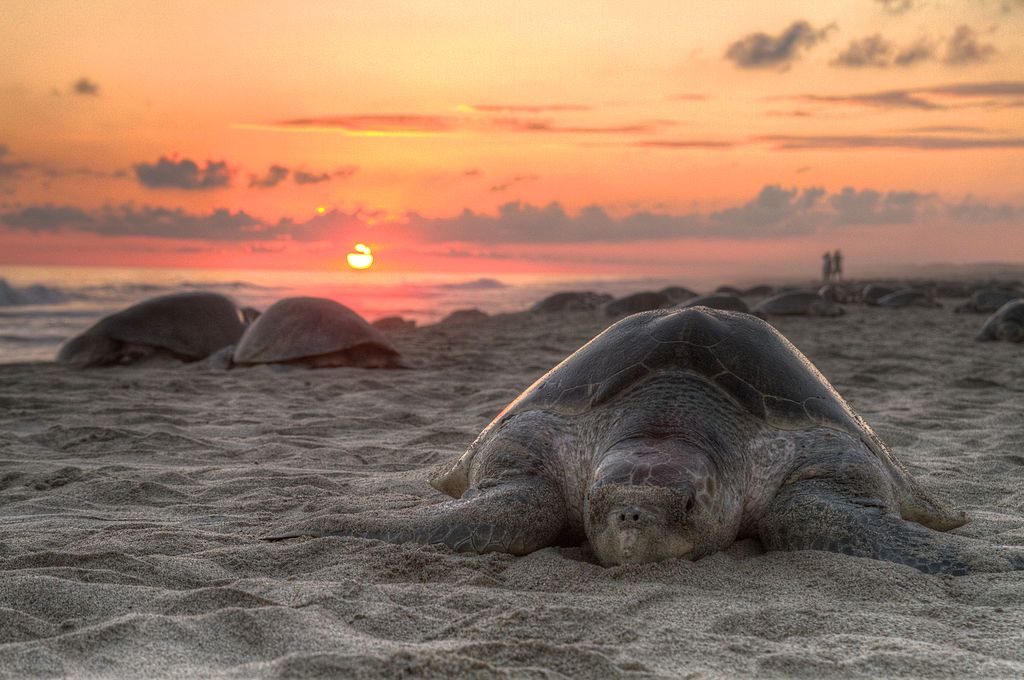
Back in 2015 conservation scientist Kim Williams-Guillén came up with a way to protect turtle eggs by using GPS-equipped decoys. Her award-winning idea was tried recently in Costa Rica with the results published this month in Current Biology.
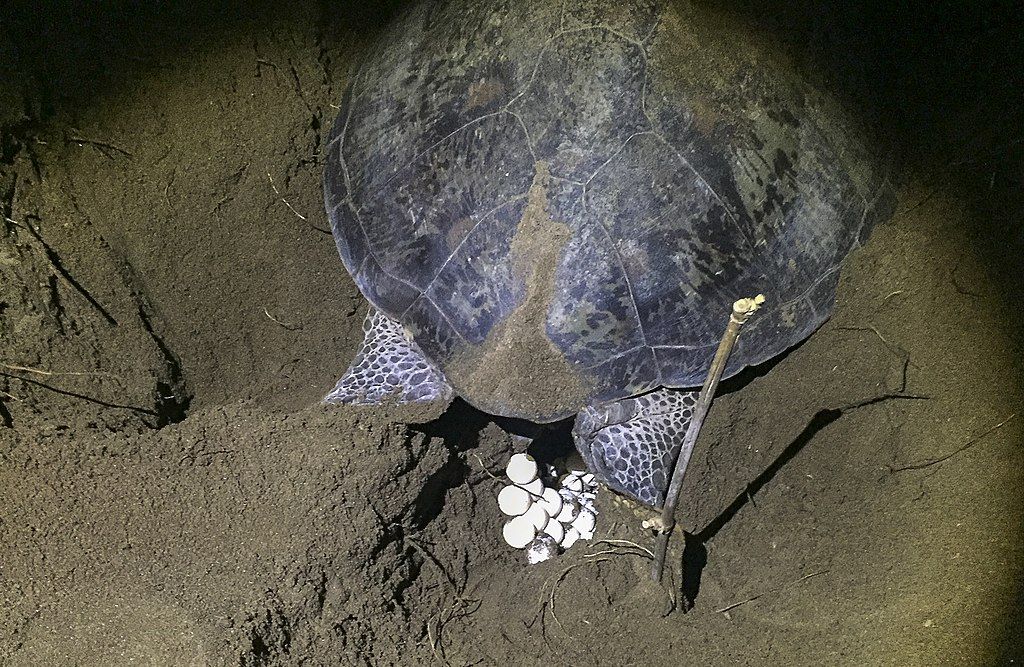
A team of scientists led by Helen Pheasey placed a decoy egg in each of 101 clutches of green sea and olive ridley turtles. 25 of the clutches were stolen by poachers. Five of the GPS eggs were taken for a ride. One traveled 85 miles. This diagram from Current Biology shows the decoys and the routes they traveled.
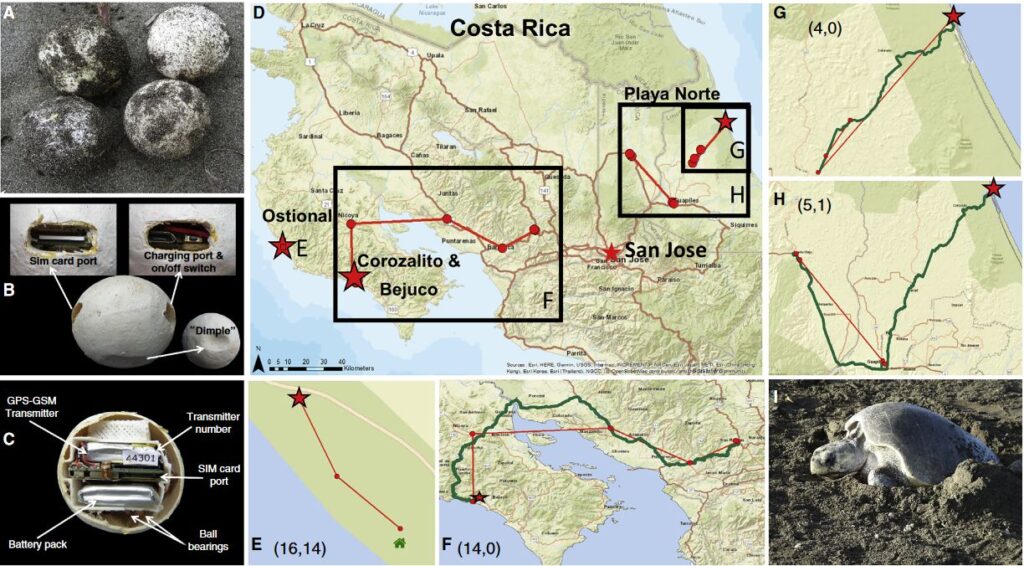
Revealing the trade routes is a step toward saving the turtles though not the silver bullet. Conservation laws and their enforcement can be ambiguous from country to country. As Science Magazine explains:
Ultimately, though, scientists and nonprofits are going to need to engage communities with local outreach and education programs to save sea turtles, Williams-Guillén says. “The real meat and potatoes of conservation isn’t going to come from deploying eggs.”
— Science Magazine — Endangered baby sea turtles may have new savior: GPS eggs
Every little bit helps. Fake eggs will allow more baby turtles to hatch and walk to the sea.
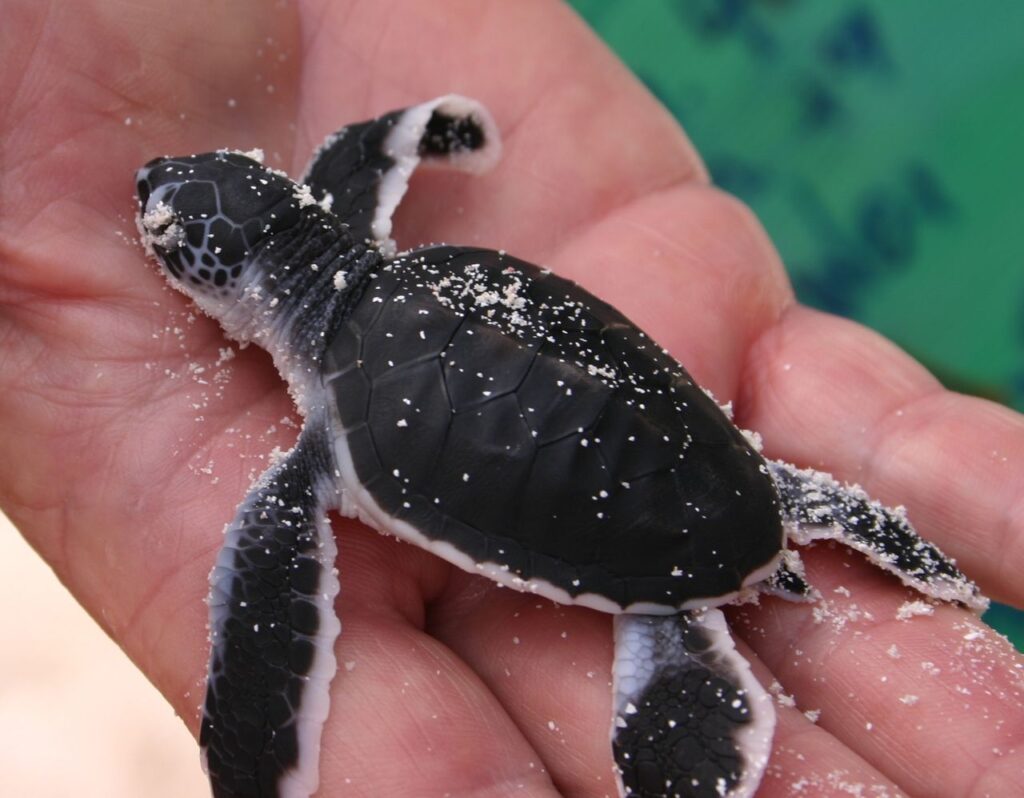
Read more in Current Biology Magazine: Using GPS-enabled decoy turtle eggs to track illegal trade.
(photos from Wikimedia Commons, diagram from Current Biology Magazine: Using GPS-enabled decoy turtle eggs to track illegal trade; click on the captions to see the originals)